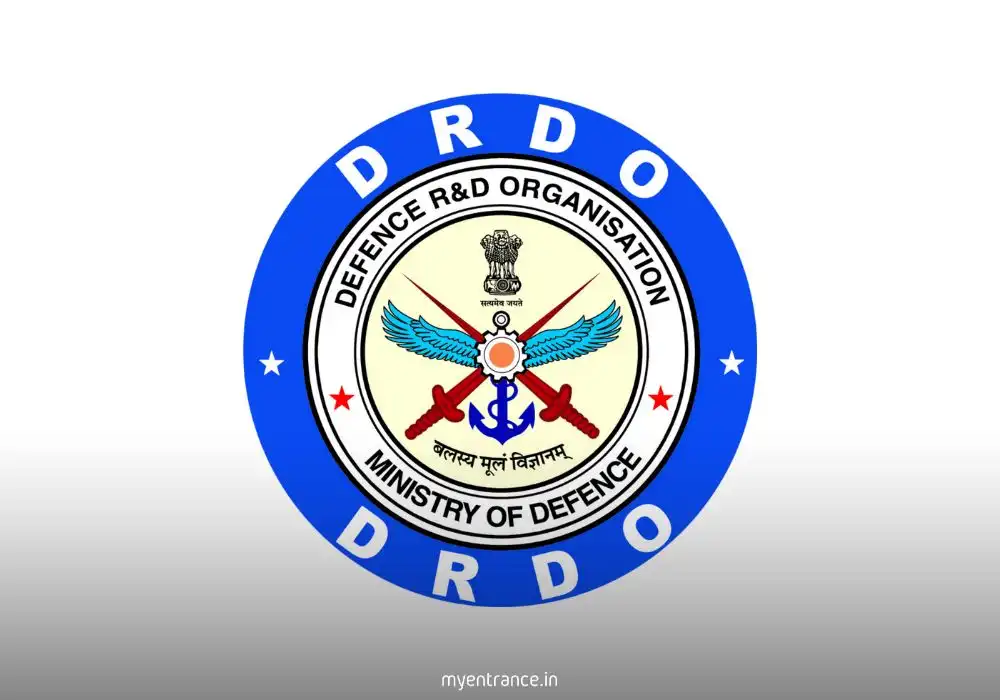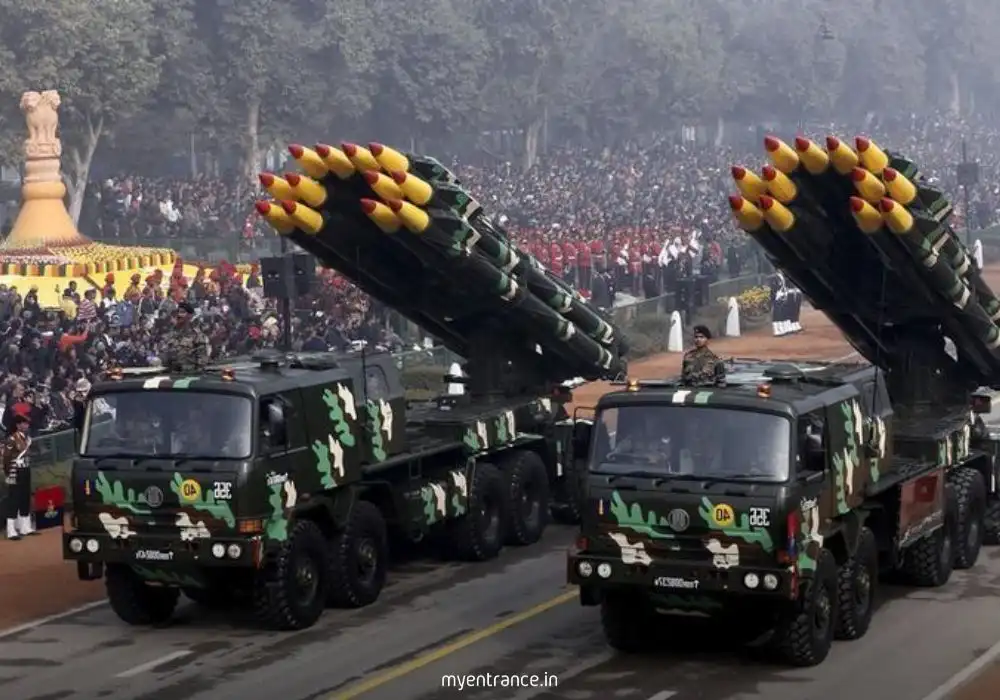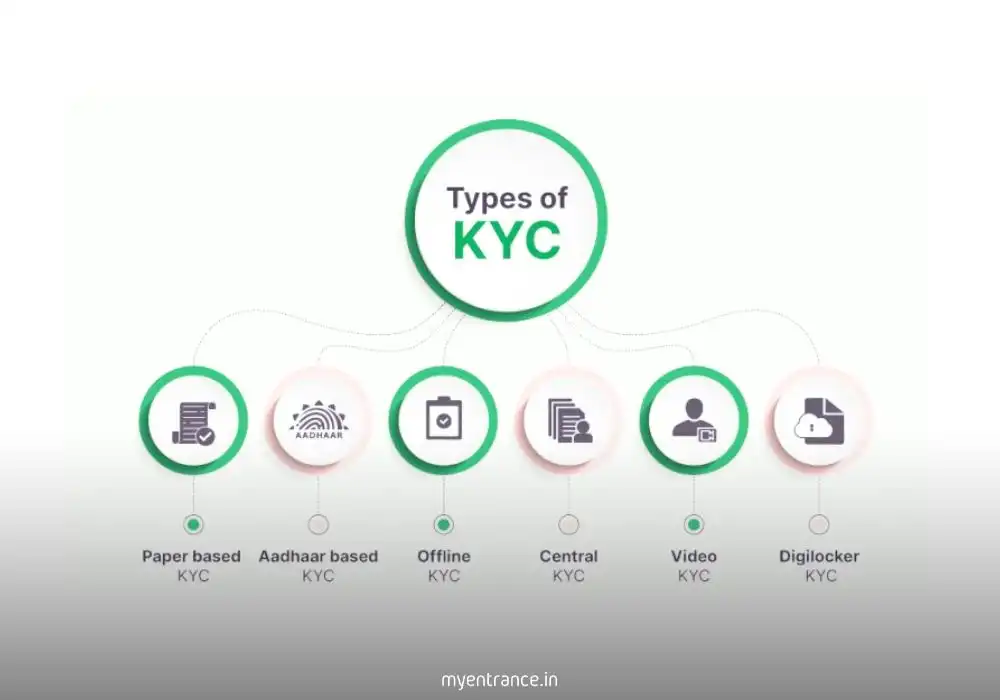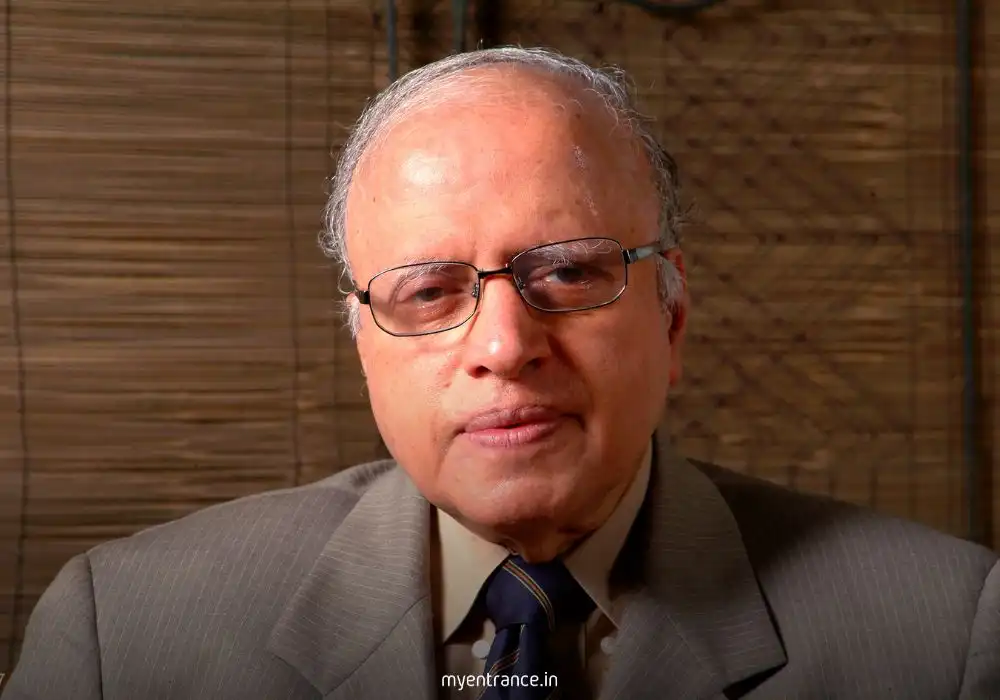Translate Language
BrahMos Supersonic Missile: Capabilities, Variants & Pralay Missile Explained
Staying updated on cutting-edge defence technology like the BrahMos missile is crucial for competitive exams (UPSC, SSC, PSC, NDA, CDS). Recent headlines highlight its role in Operation Sindoor and its export to the Philippines. Understanding its features, variants, and how it compares to systems like the new Pralay missile is vital. Let’s break down these game-changers like a faculty would, ensuring you’re exam-ready.
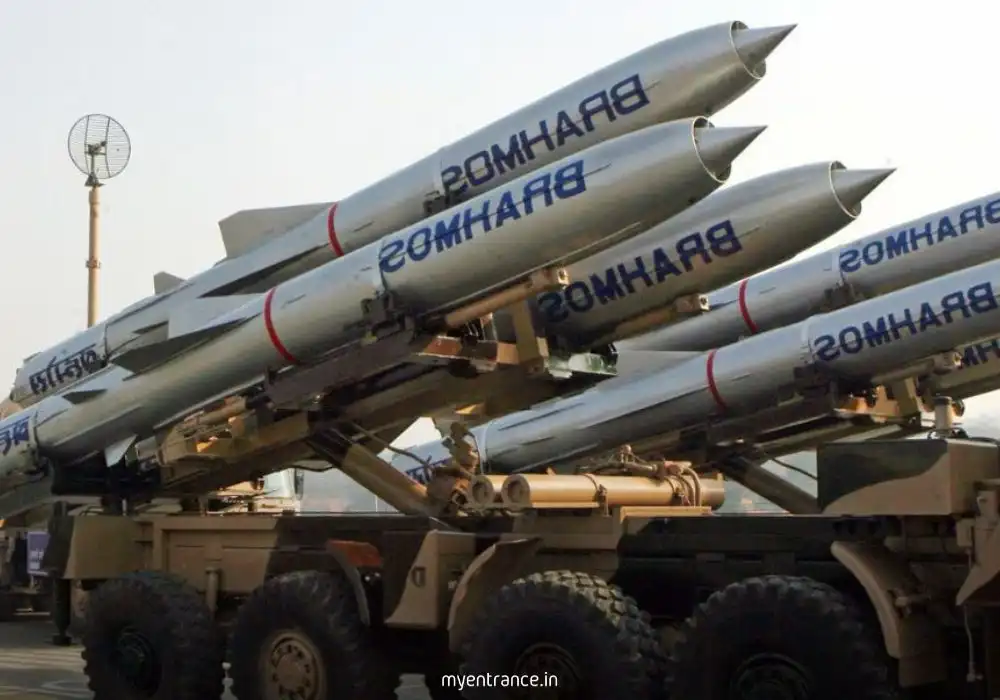
BrahMos Missile: India’s Supersonic Spearhead
The BrahMos is more than just a missile; it’s a symbol of India-Russia defence collaboration and a cornerstone of our strategic deterrence. Developed by BrahMos Aerospace (a joint venture between DRDO and Russia’s NPOM), it’s a “fire-and-forget” supersonic cruise missile operational across the Army, Navy, and Air Force. Its versatility is unmatched, with versions deployed on land, ships, aircraft, and submarines.
Why BrahMos Stands Out:
Blazing Speed: Cruises at Mach 3 (three times the speed of sound), making it incredibly hard to intercept.
Multi-Platform Launch: Can be fired from mobile land launchers, warships, Sukhoi-30 MKI jets, and submerged submarines.
Extended & Evolving Range: Originally 290 km, its range is now tested up to 350 km, with future versions targeting 800 km+ and hypersonic speeds (Mach 5+).
Precision & Power: Carries a substantial 200-300 kg conventional warhead with high accuracy due to advanced seekers. Its speed gives it immense kinetic energy – nine times more than subsonic missiles.
Stealth & Maneuverability: Features a low radar signature and can follow complex flight paths, flying as high as 15 km or skimming as low as 10 meters to evade defences.
Stand-Off Weapon: Allows launch platforms to strike targets from a safe distance, outside the range of many enemy defences.
How It Works (Simply Put):
Think of BrahMos as a two-stage rocket:
Stage 1 (Booster): A solid propellant engine rapidly accelerates the missile to supersonic speed and then separates.
Stage 2 (Ramjet): A liquid-fueled ramjet engine takes over. This ingenious “air-breathing” engine scoops up atmospheric air, mixes it with fuel, and ignites it continuously, propelling the missile to its sustained Mach 3 cruise speed towards the target.
BrahMos Variants: Tailored for Every Domain
Ship-Based BrahMos: The naval backbone. Launched vertically or at an angle from moving or stationary ships. A single ship can unleash a devastating salvo of up to 8 missiles in quick succession, capable of overwhelming even advanced enemy frigates. INS Rajput was the first warship armed with BrahMos, and it’s now standard on major Indian Navy vessels. It excels at hitting sea targets over the horizon.
Land-Based BrahMos: The Army’s long-range hammer. Deployed via highly mobile launchers (each carrying 3 missiles). A single complex can launch multiple missiles simultaneously at different targets up to 400 km away with pinpoint accuracy. These systems, crucial for border defence, operate from NBC (Nuclear, Biological, Chemical) protected cabins. Inducted in 2007, its range and capabilities are constantly upgraded.
Air-Launched BrahMos (ALCM): The Sukhoi-30 MKI’s heavyweight punch. Successfully tested first in 2017, it transforms the fighter into a long-range “stand-off” strike platform. Validated for both anti-ship and land-attack roles by day, night, and in all weather conditions, it’s a key force multiplier for the IAF.
Submarine-Launched BrahMos: Stealth from the depths. Tested successfully in 2013, it can be launched from submarines submerged about 50 meters deep. Stored in a canister, it launches vertically and has specialized settings for its underwater launch phase and subsequent flight.
BrahMos-NG (Next Generation): The future is smaller and smarter. Development is starting on this lighter, more compact version for broader air and naval use (potentially fitting smaller jets or torpedo tubes). Expect enhanced stealth, better resistance to electronic jamming (ECCM), and greater underwater combat versatility.
Pralay: India’s New Quasi-Ballistic Missile
Complementing BrahMos is the indigenously developed Pralay missile:
DRDO successfully tested this tactical weapon system in late July from Dr. APJ Abdul Kalam Island.
Developed by DRDO labs (including key contributions from Pune-based ARDE, HEMRL, and R&DE), Pralay is a solid-fueled, road-mobile missile.
It’s classified as a quasi-ballistic missile. While it follows a primarily ballistic (arch-shaped) trajectory, it possesses the crucial ability to manoeuvre during flight, making its path unpredictable and harder to intercept compared to traditional ballistic missiles.
Designed to carry conventional warheads for precision strikes against various targets, it’s slated for induction into the Indian Army’s artillery regiments.
Cruise vs. Ballistic Missiles: Key Differences Simplified
Cruise Missiles (e.g., BrahMos, Tomahawk):
Function like unmanned jet-powered aircraft.
Fly within the atmosphere, generally at lower altitudes, following a non-ballistic, often terrain-hugging path.
Highly manoeuvrable throughout their flight.
Propelled continuously by jet engines (ramjet in BrahMos’ case).
Ballistic Missiles (e.g., Agni, Prithvi, Pralay – quasi):
Follow a high, arching (parabolic) trajectory, mostly outside the atmosphere for long-range versions.
Powered only during the initial boost phase; the rest of the flight is unpowered, governed by gravity.
Traditional ballistic missiles have a predictable path; quasi-ballistic types like Pralay can manoeuvre.
Categorized primarily by range (Short-Range Ballistic Missile – SRBM, Medium-Range – MRBM, etc.).
Why it matters: Cruise missiles are harder to detect initially due to low flight but can be intercepted along their path. Ballistic missiles are detected early due to their high launch but are extremely fast during descent. Quasi-ballistic missiles add manoeuvrability to complicate interception.
Sample Questions & Answers for Exam Prep:
Q: What makes the BrahMos missile a ‘stand-off’ weapon, and why is this strategically important?
A: A ‘stand-off’ weapon like BrahMos allows launch platforms (ships, aircraft, land vehicles) to engage targets from a significant distance (hundreds of km). This is crucial because it enables forces to strike high-value or heavily defended targets while staying safely outside the range of many enemy air defences and counter-attacks, enhancing survivability and operational flexibility.
Q: Briefly explain the significance of the BrahMos missile’s ramjet engine in its second stage.
A: The liquid-fueled ramjet is an air-breathing engine. It doesn’t carry oxidizer like a rocket; instead, it scoops up atmospheric air, compresses it, mixes it with fuel, and ignites it. This allows sustained high-speed flight (Mach 3) efficiently over long ranges, making BrahMos uniquely fast among cruise missiles.
Q: How does the Pralay missile differ from a traditional ballistic missile like the Agni series?
A: While both follow a primarily ballistic trajectory, Pralay is classified as a quasi-ballistic missile. The key difference is its ability to perform manoeuvres during its mid-course or terminal phase. This makes its flight path unpredictable, significantly complicating interception efforts compared to the more predictable parabolic path of traditional ballistic missiles like Agni.
Q: Name the three broader classifications of BrahMos missile launch platforms and mention one key feature of the ship-based variant.
A: The BrahMos has variants for Land, Sea (Ship/Submarine), and Air launch. A key feature of the ship-based variant is its ability to be fired in a rapid salvo of up to 8 missiles from a single vessel, overwhelming enemy defences.
Q: What are the two main advantages of a supersonic cruise missile like BrahMos over a subsonic cruise missile?
A: BrahMos offers two critical advantages due to its speed (Mach 3 vs. subsonic Mach <1):
(1) Reduced Interception Time: Its extreme speed gives enemy air defences much less time to detect, track, and engage it.
(2) Massive Kinetic Impact: Speed translates directly into kinetic energy. BrahMos delivers nine times more kinetic energy upon impact than a comparable subsonic missile, causing significantly greater destructive power even before the warhead explodes.
Get 3 Months Free Access for SSC, PSC, NIFT & NID
Boost your exam prep!
Use offer code WELCOME28 to get 3 months free subscription. Start preparing today!
